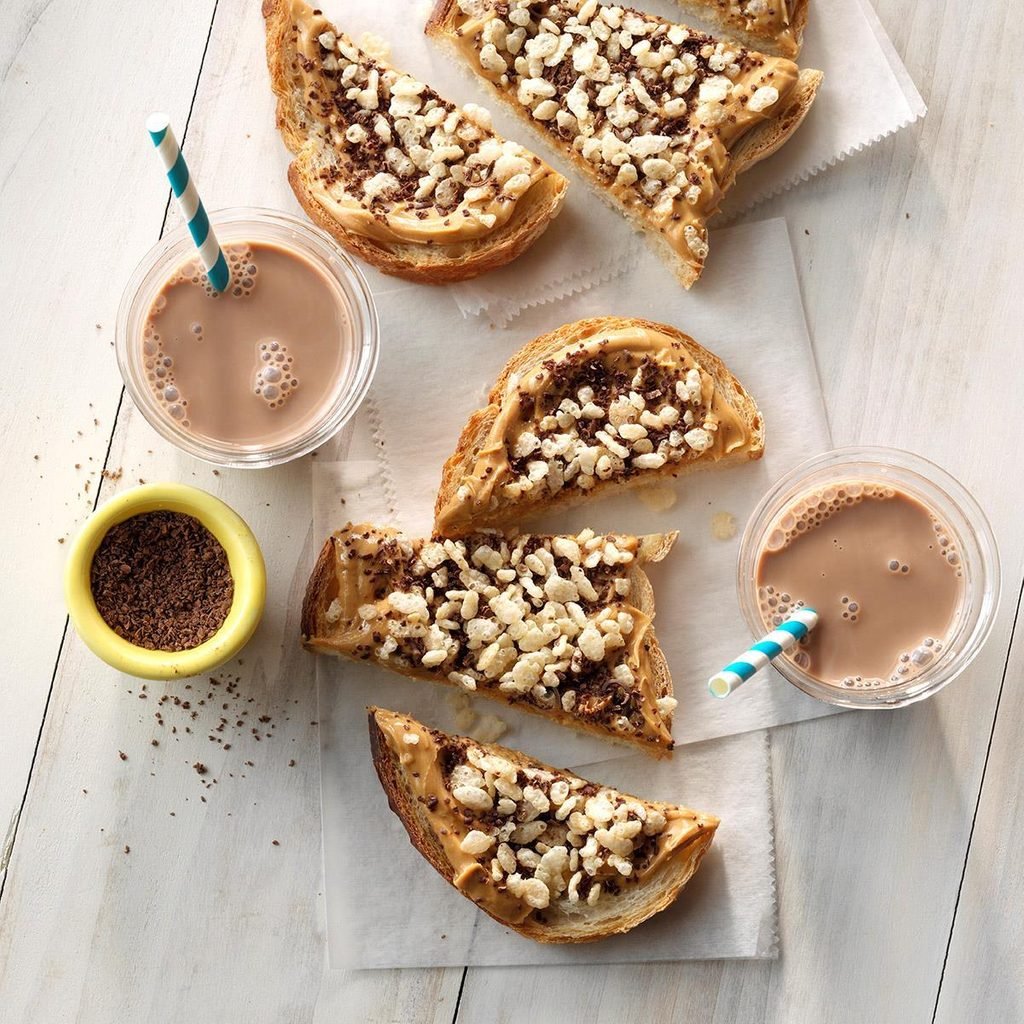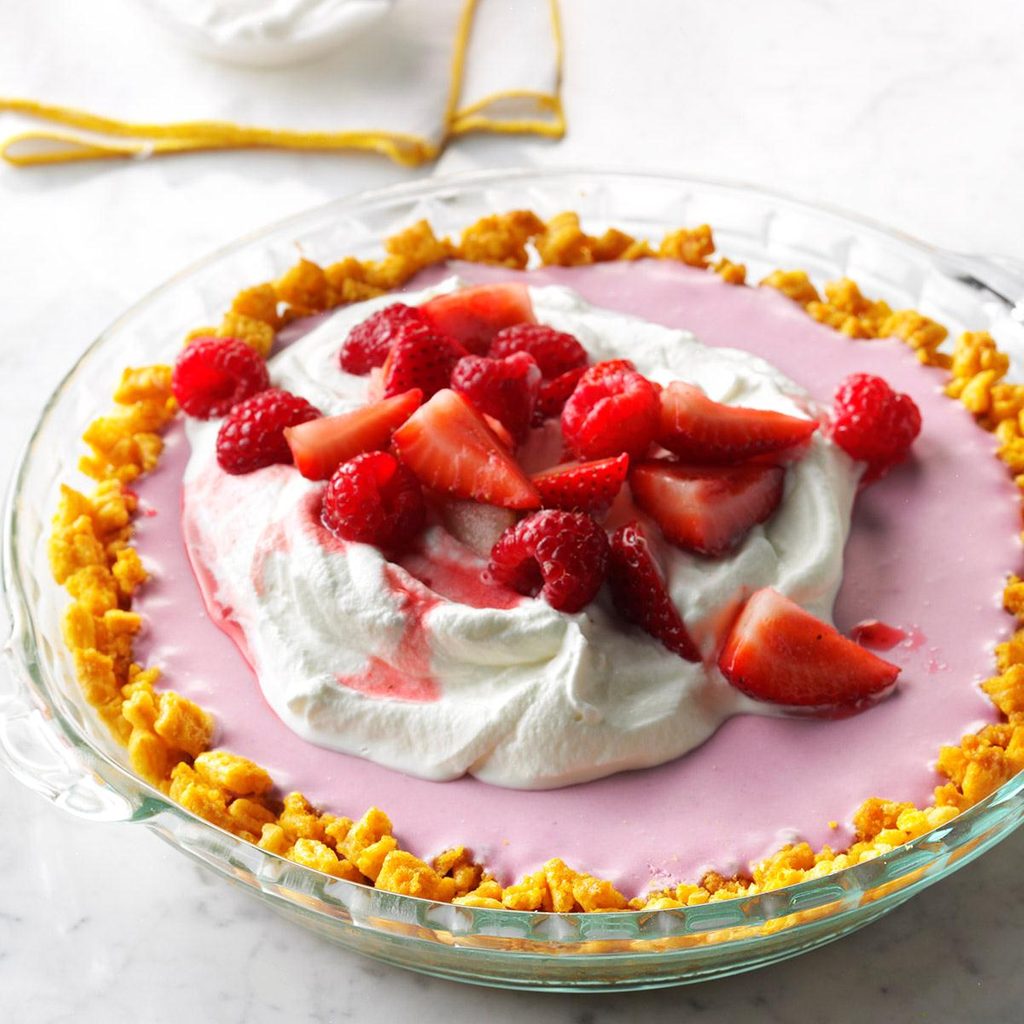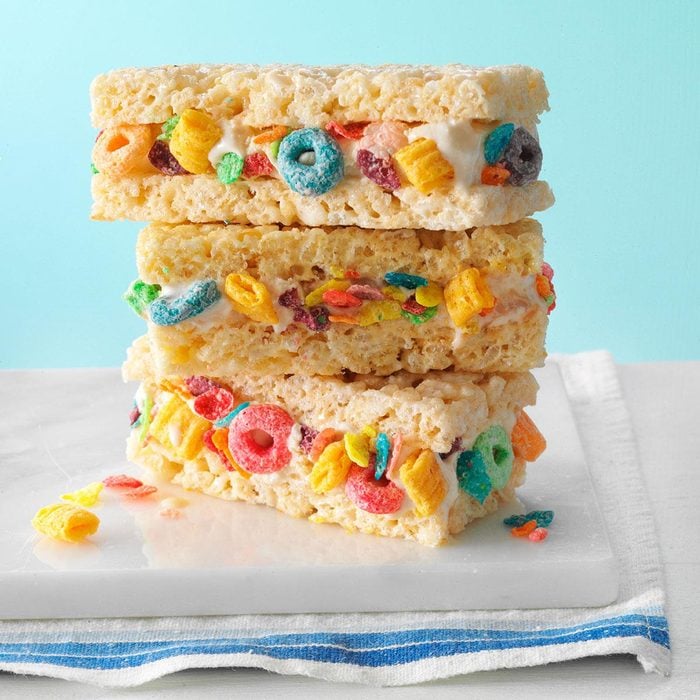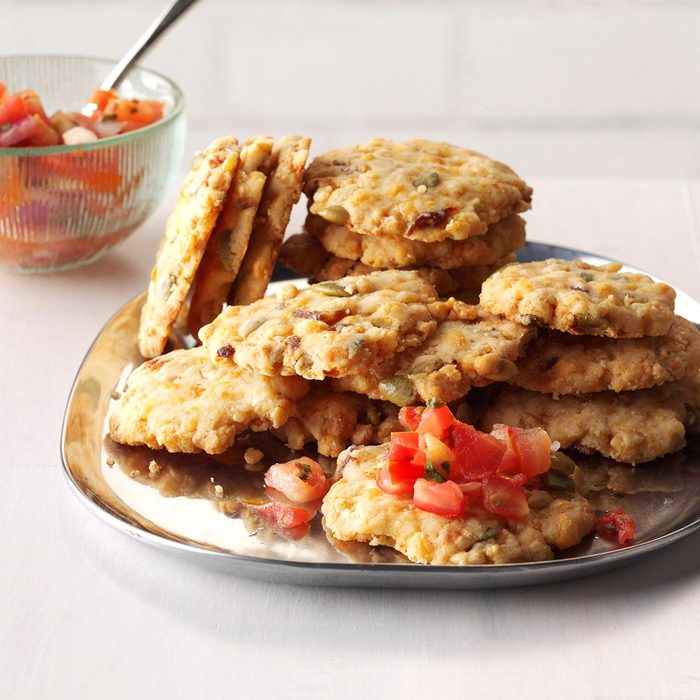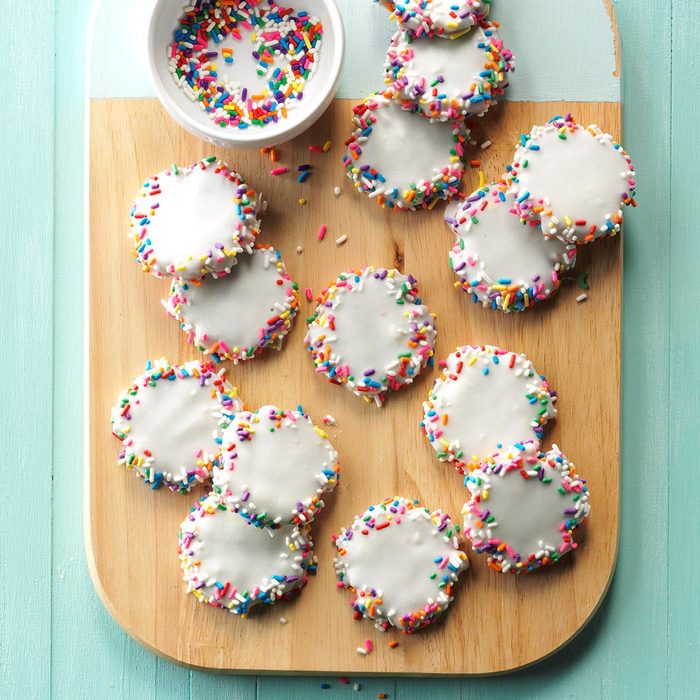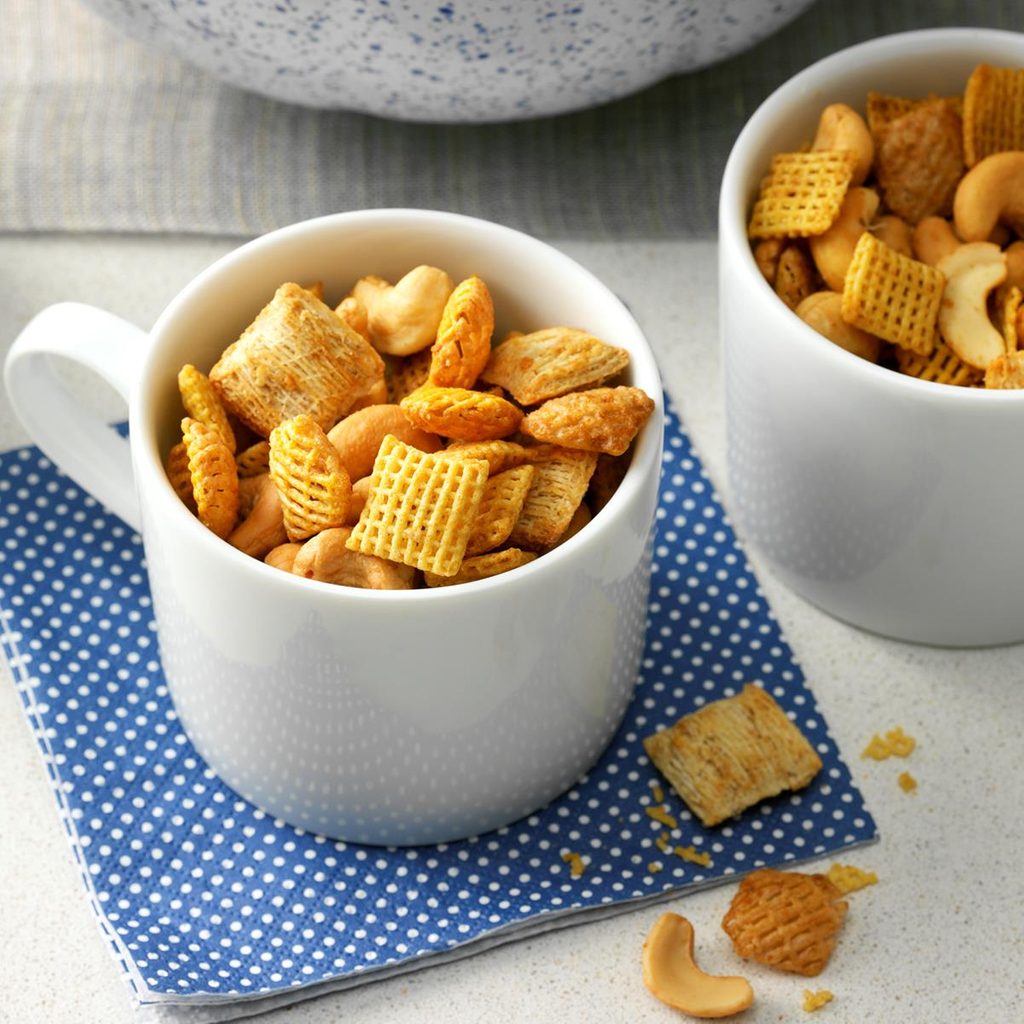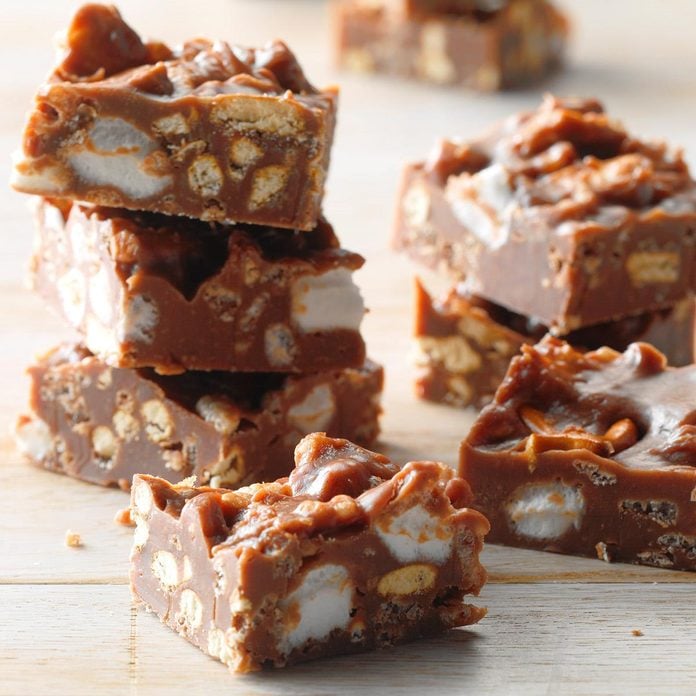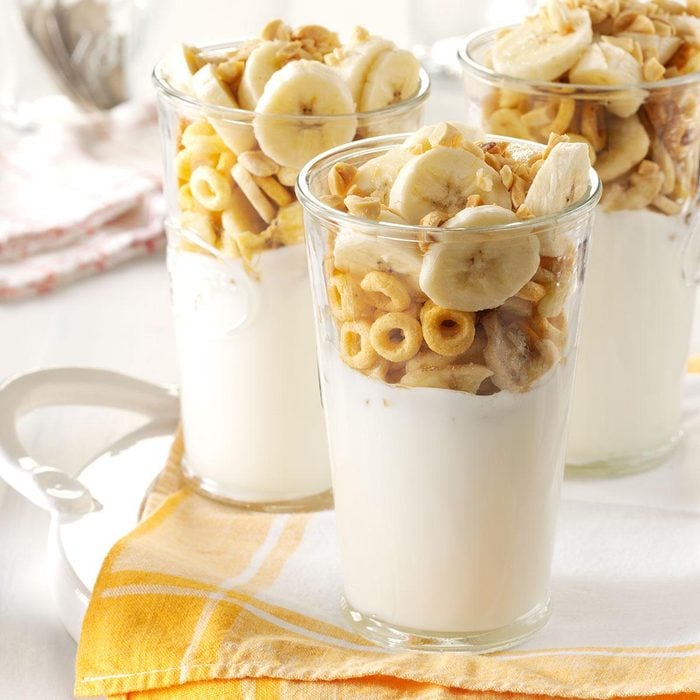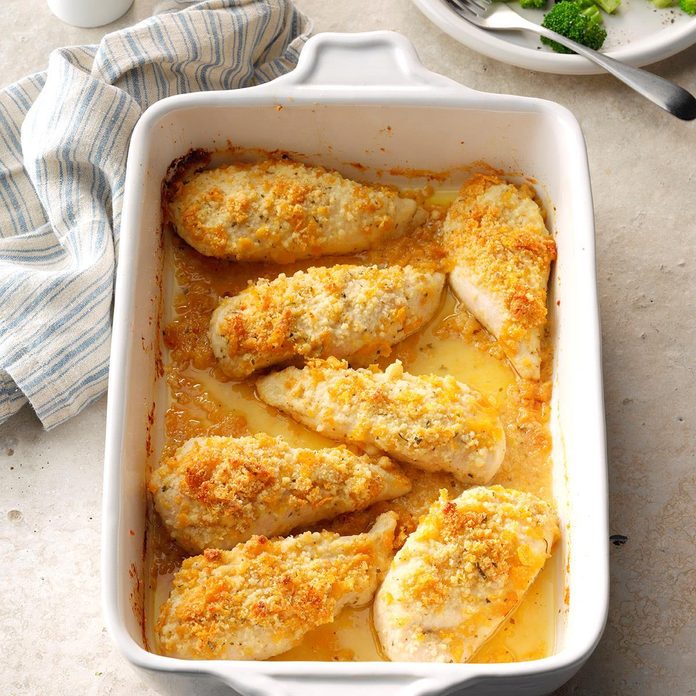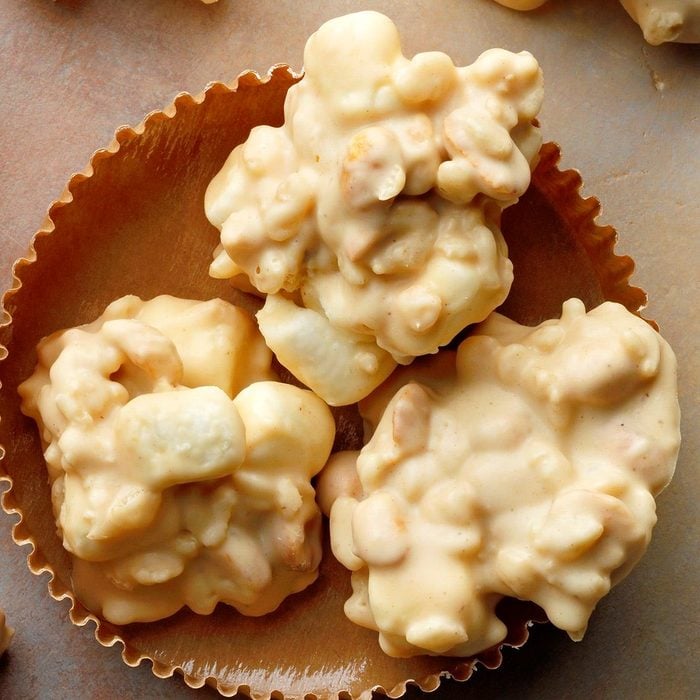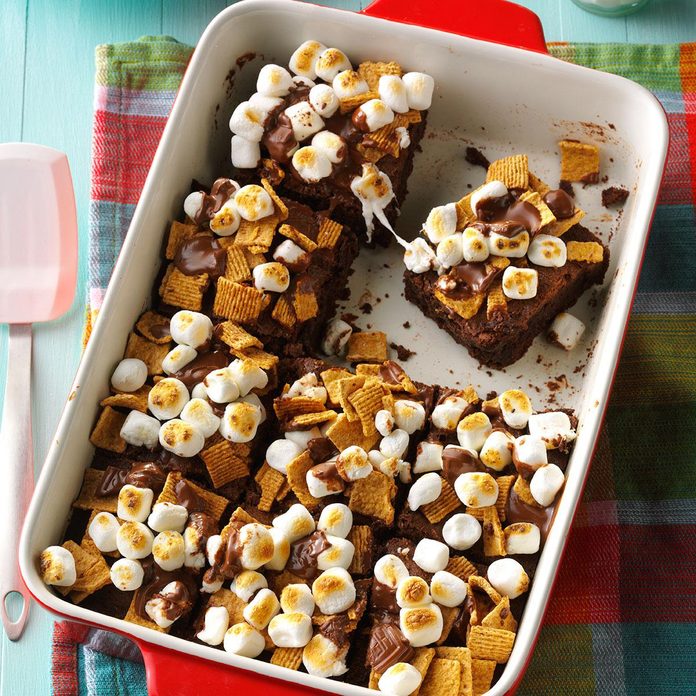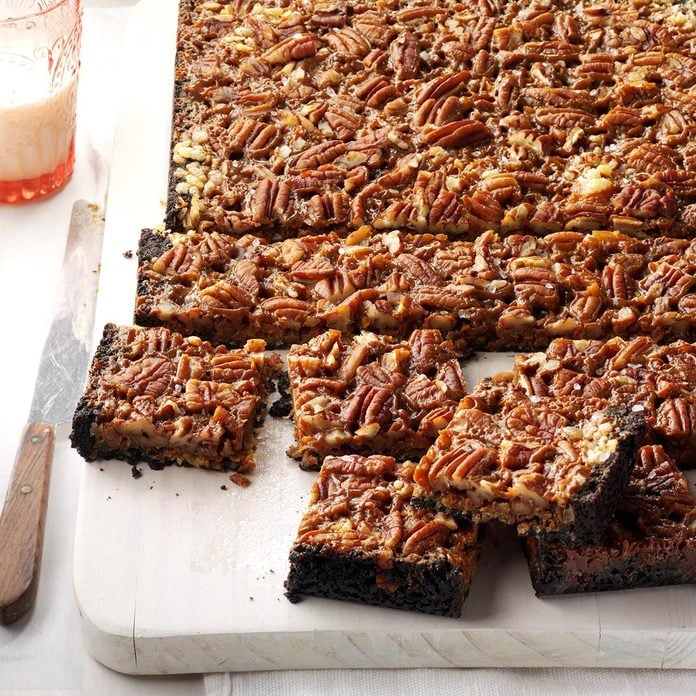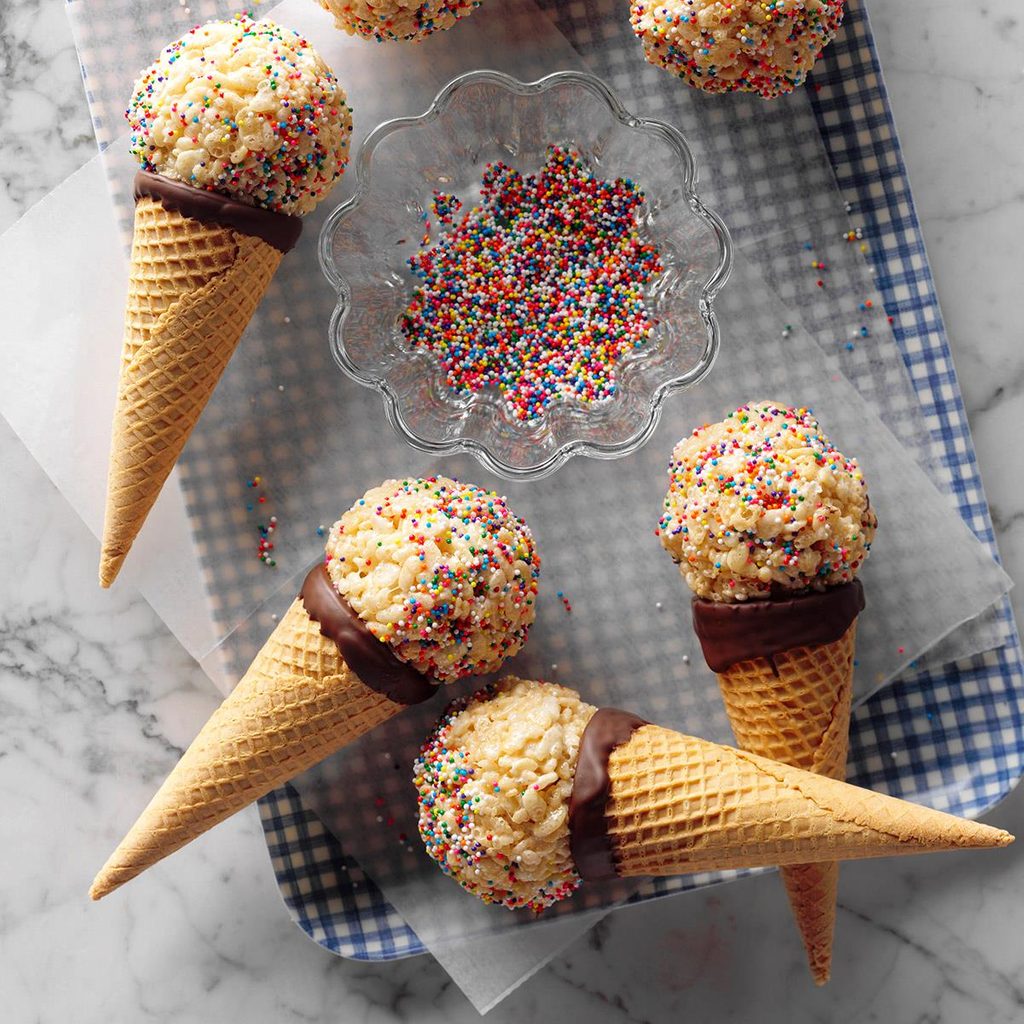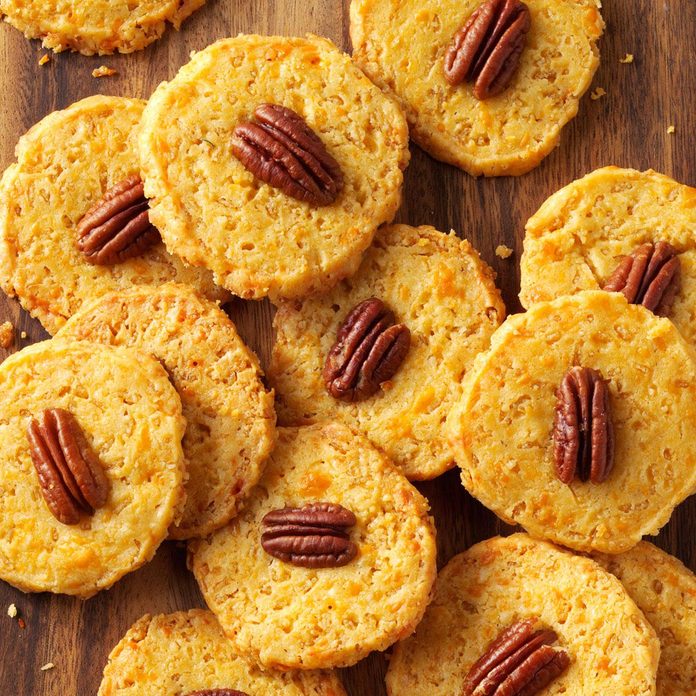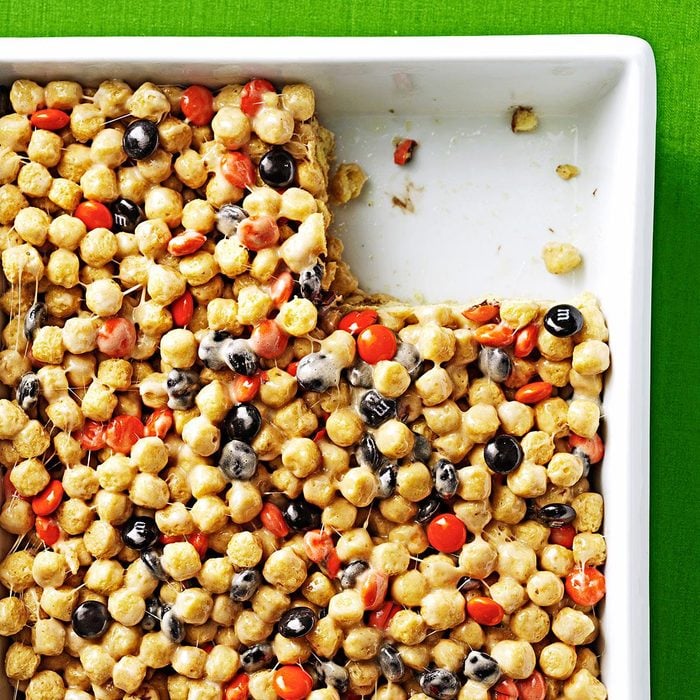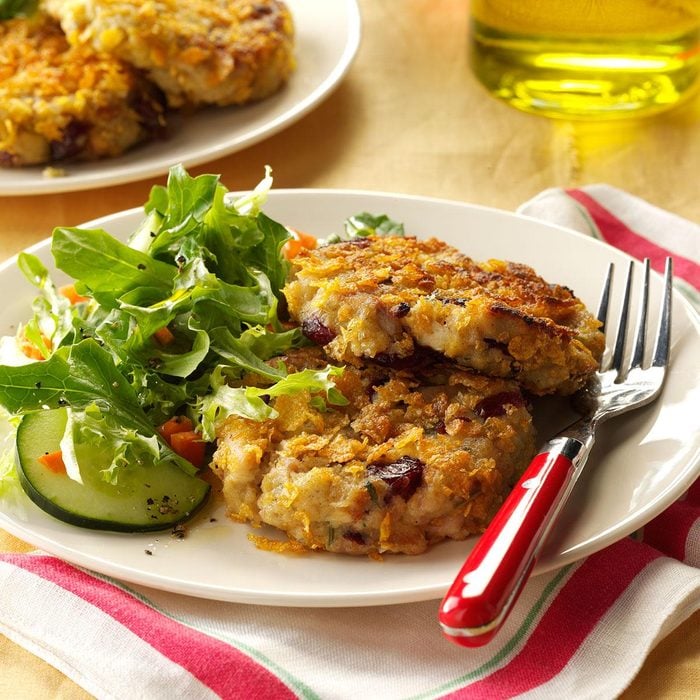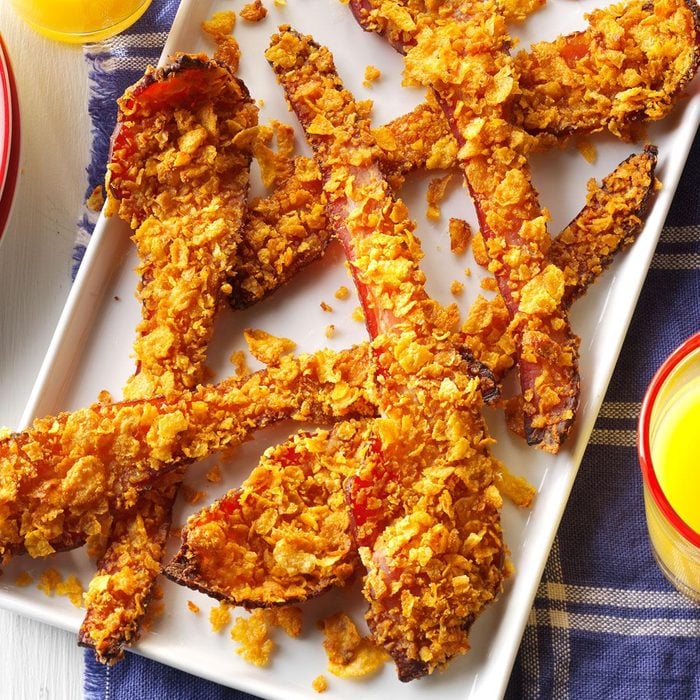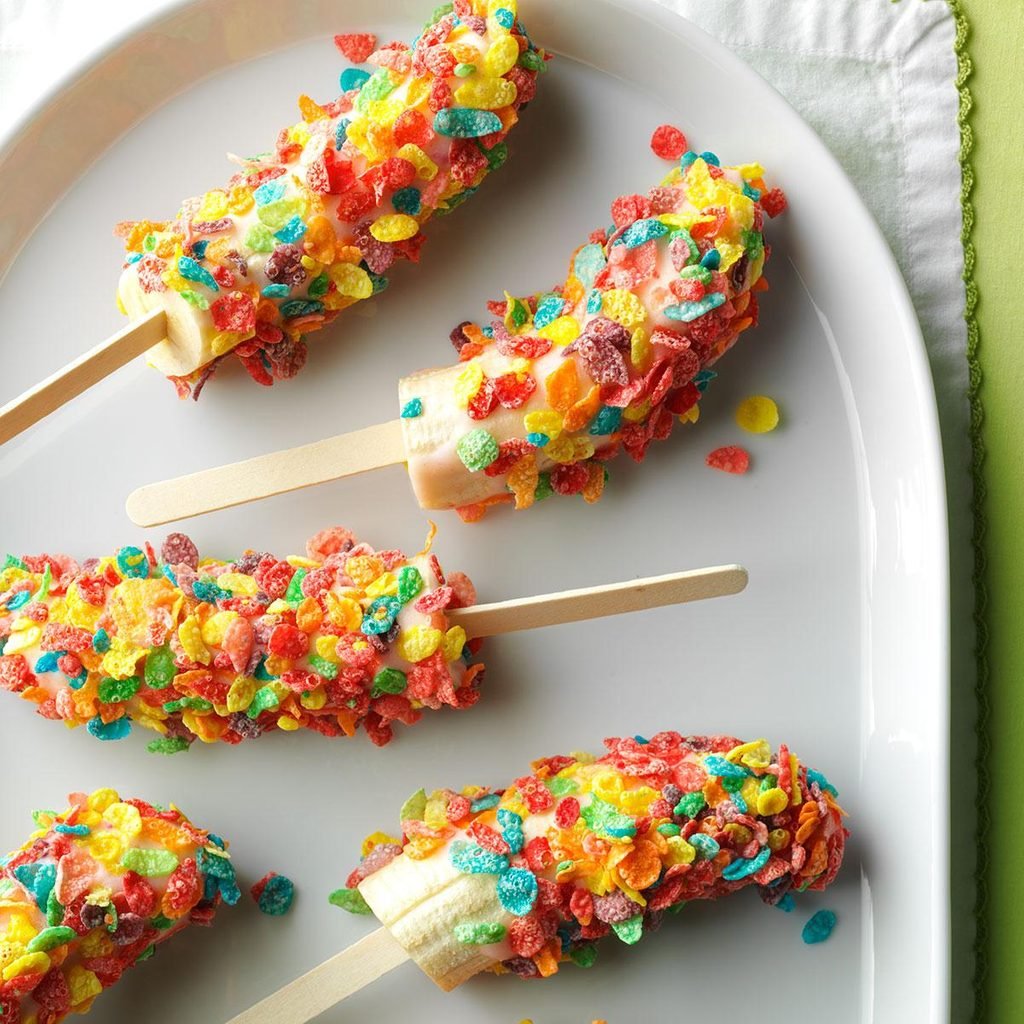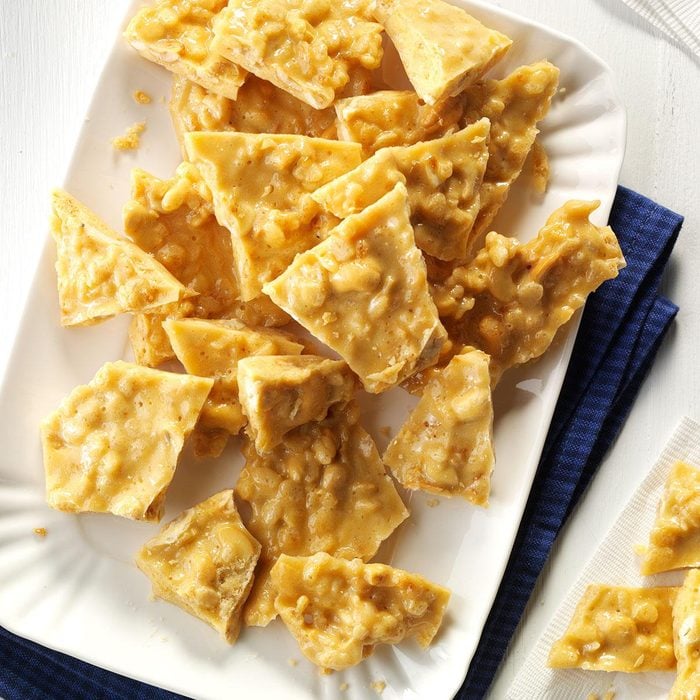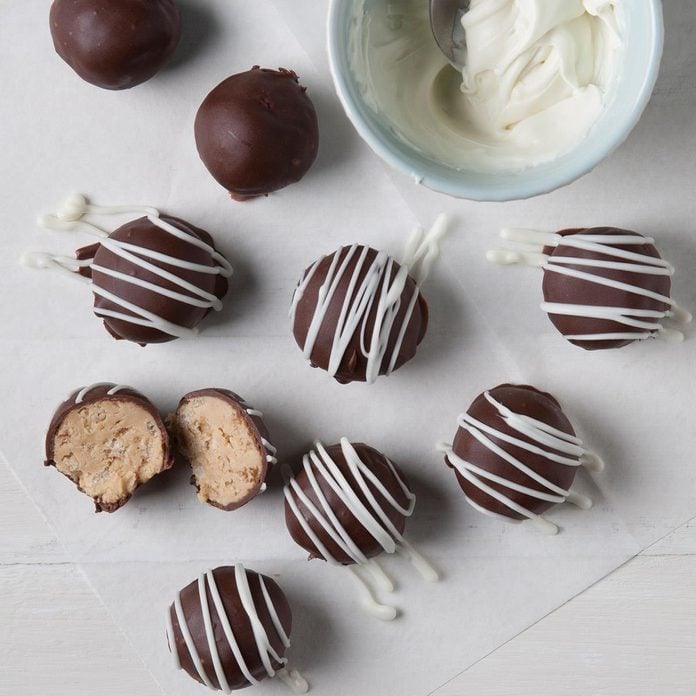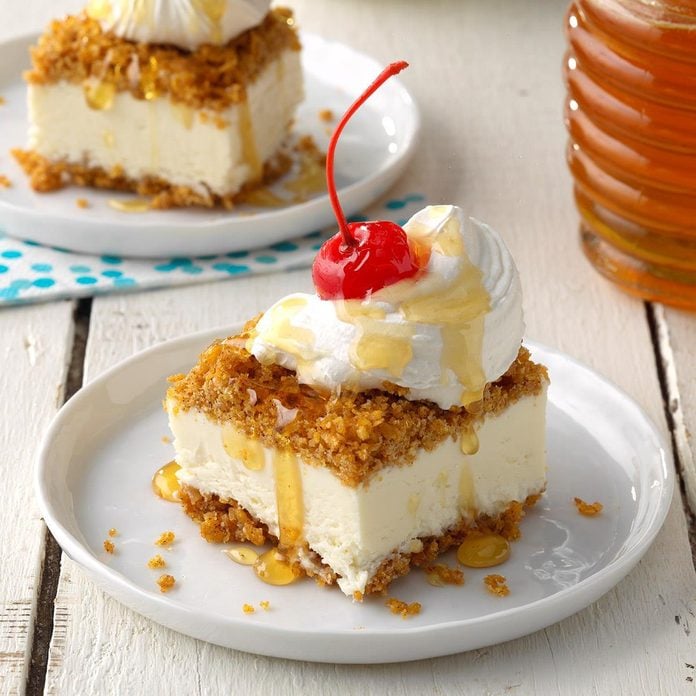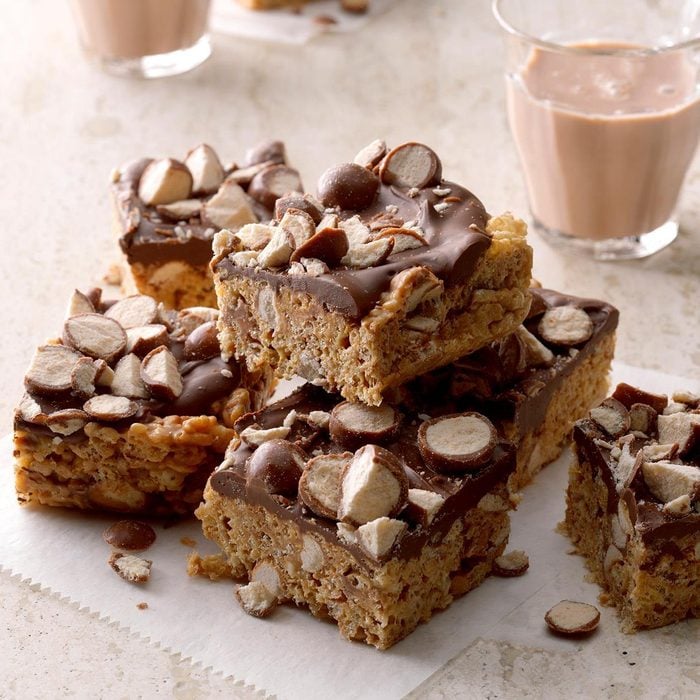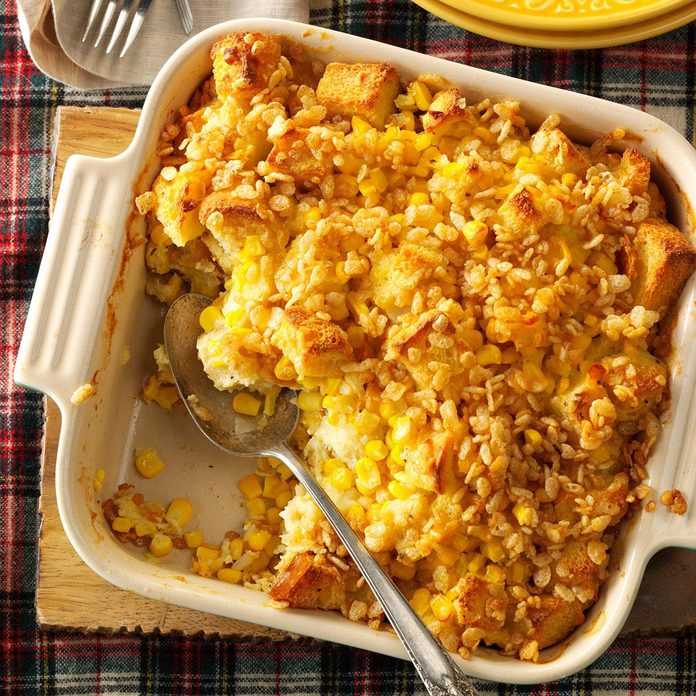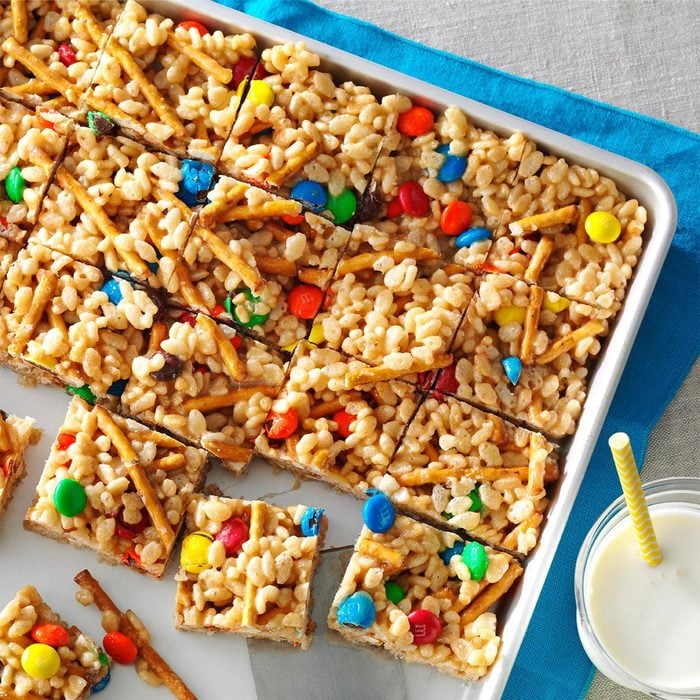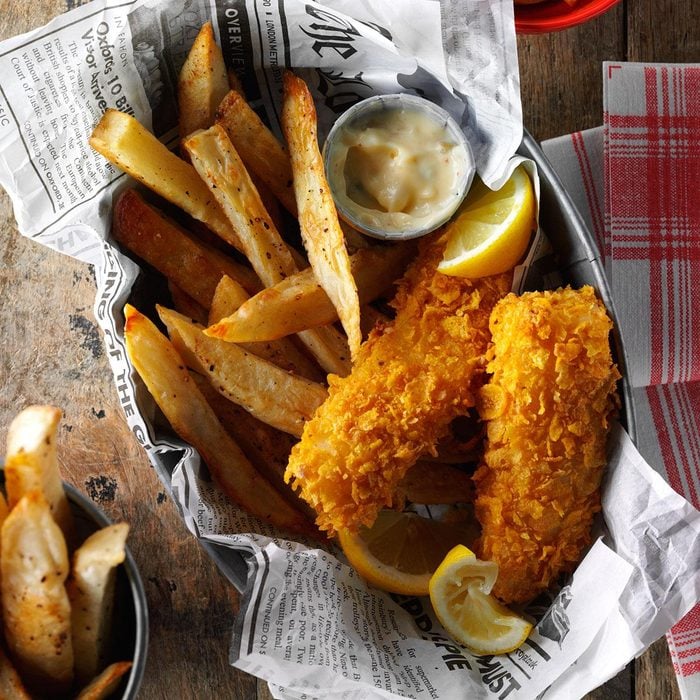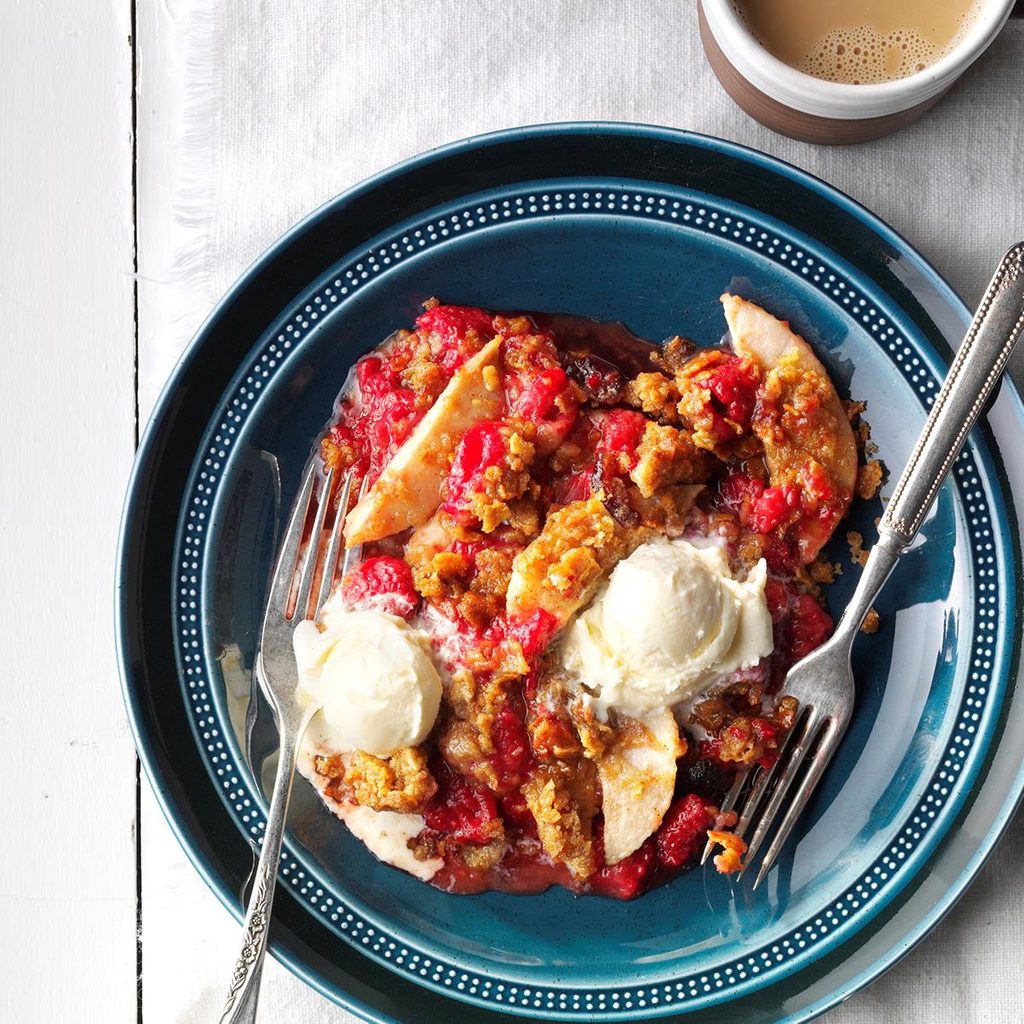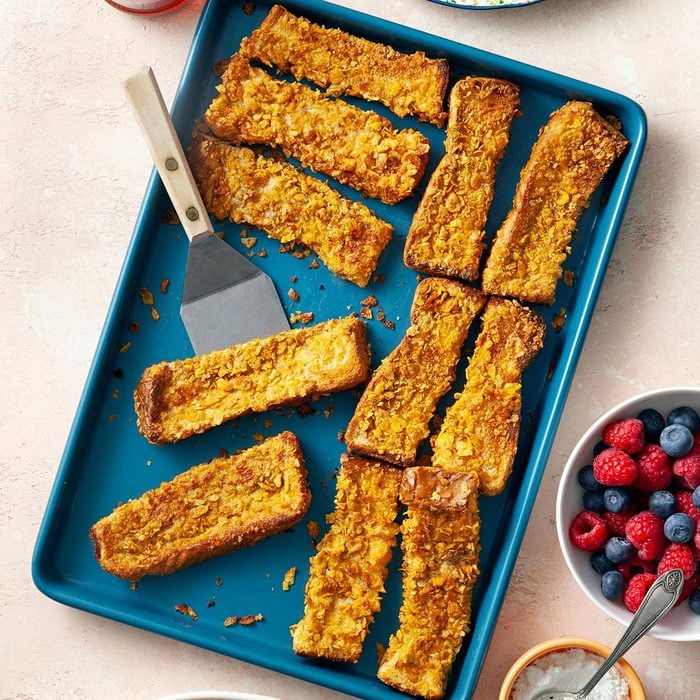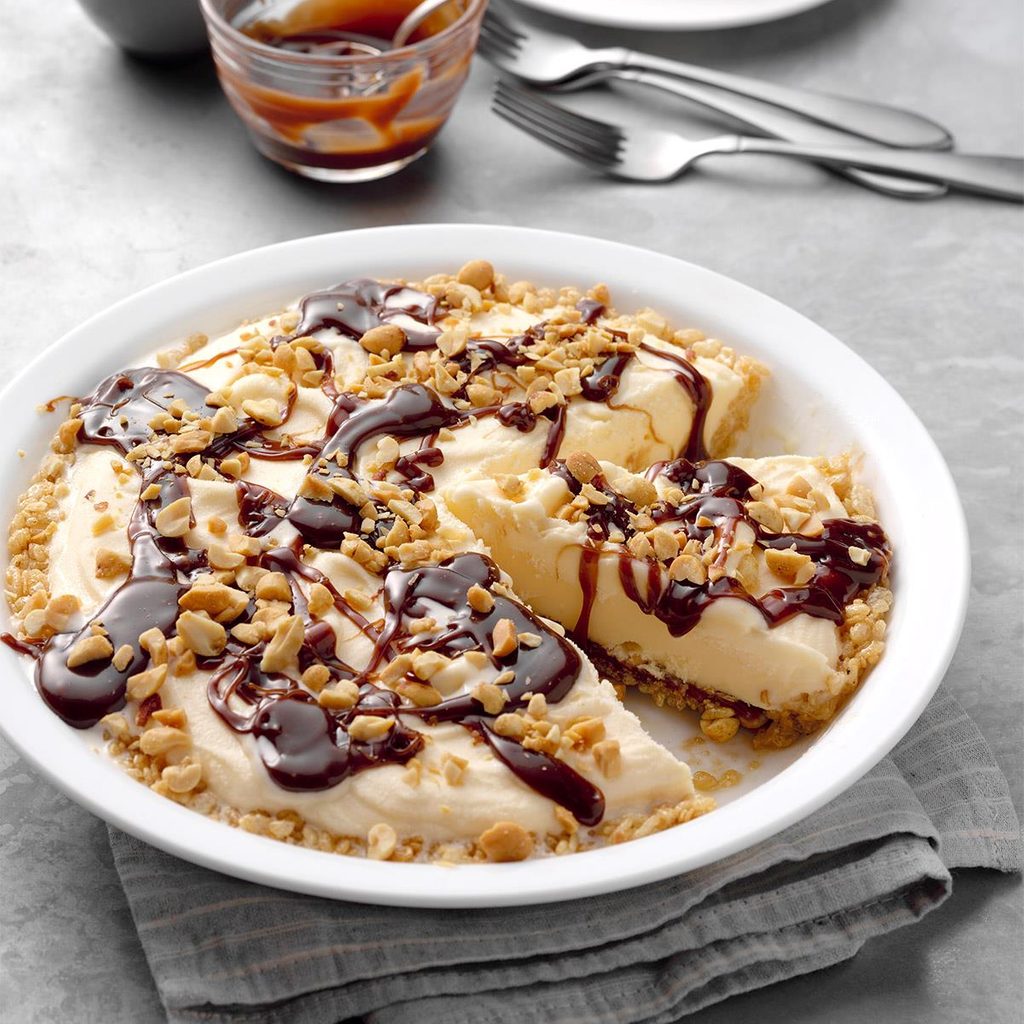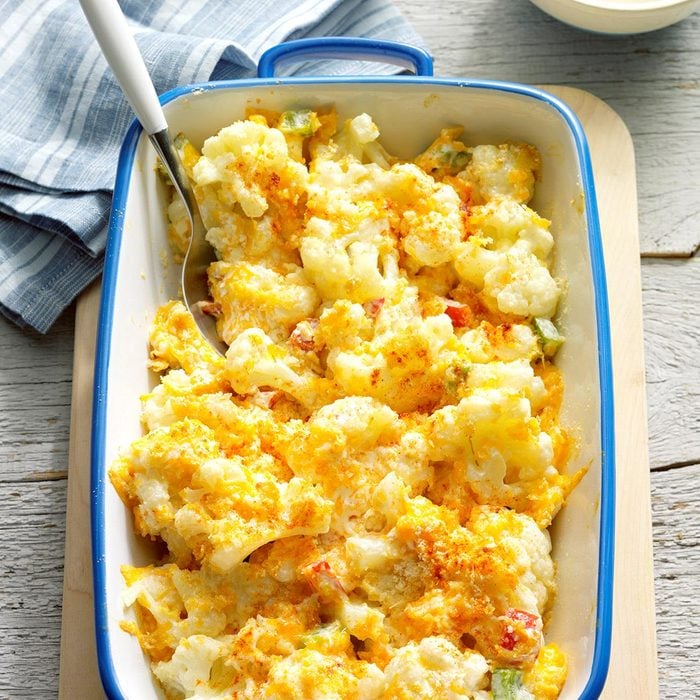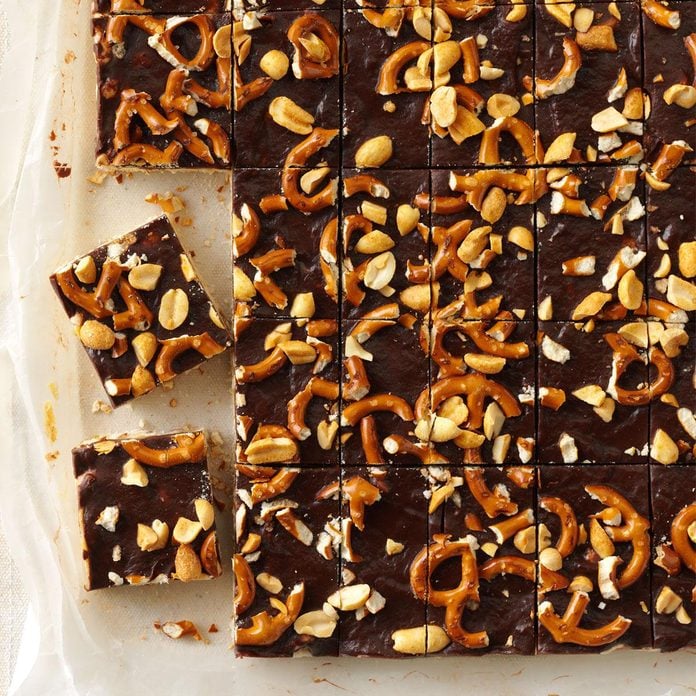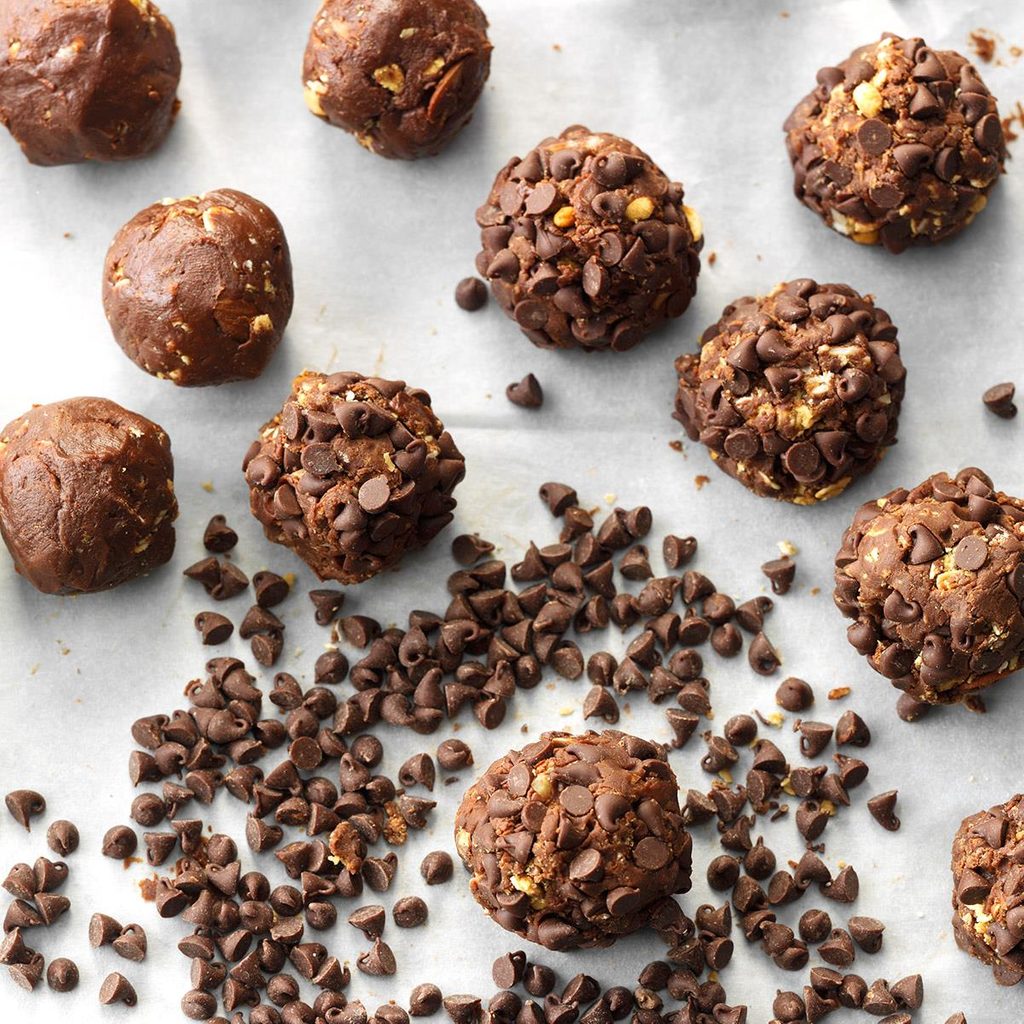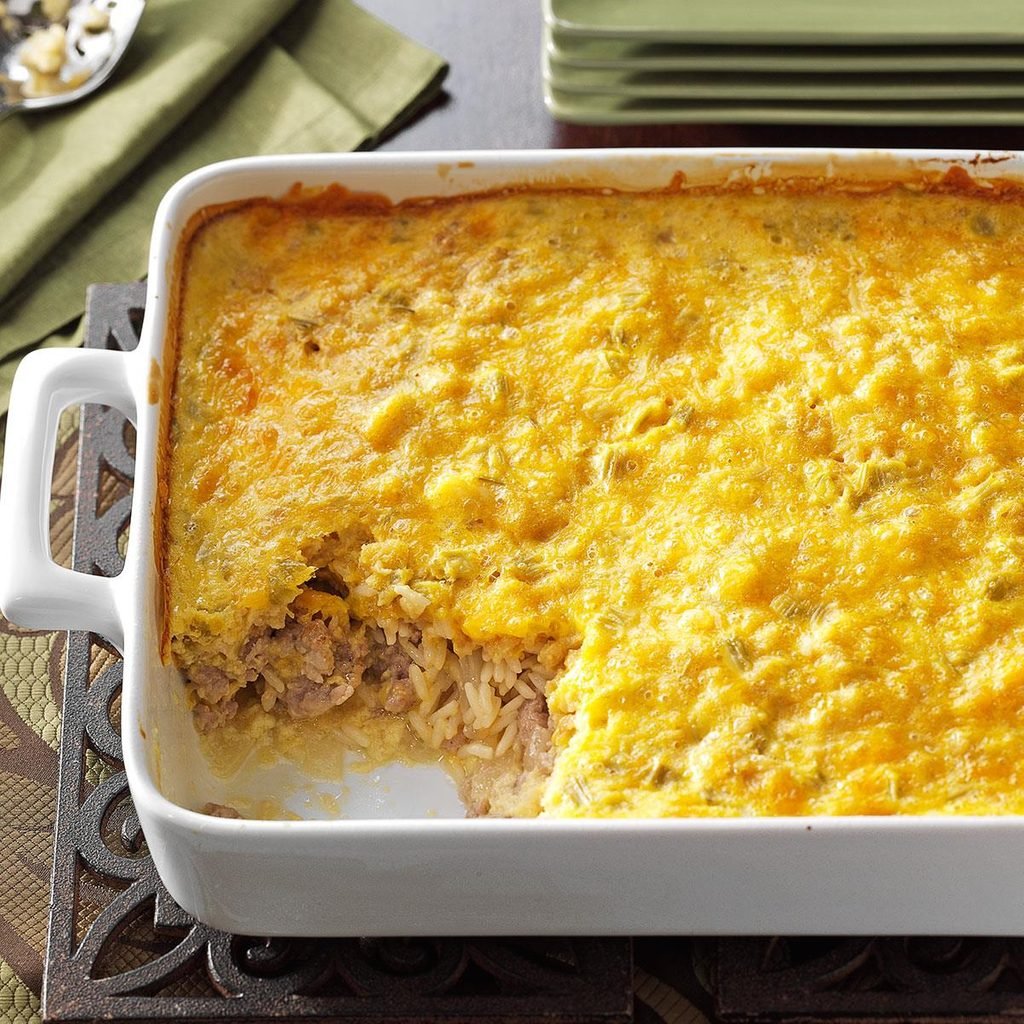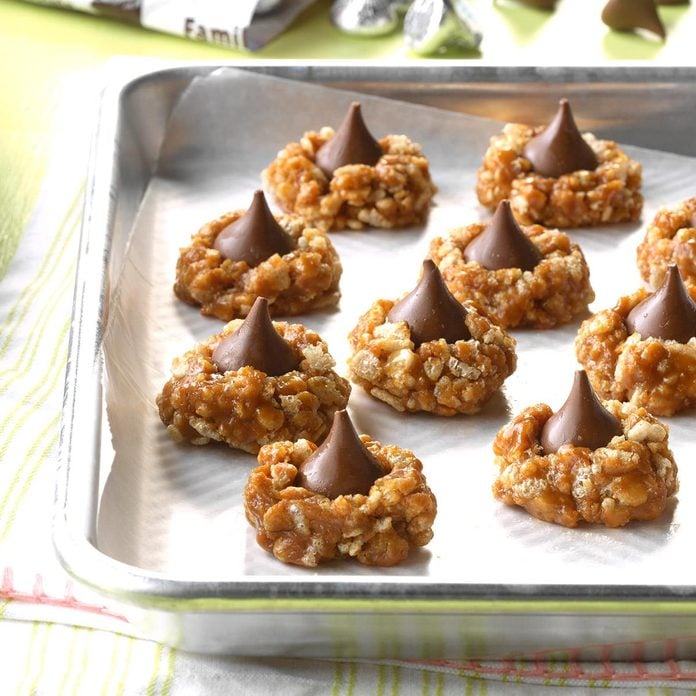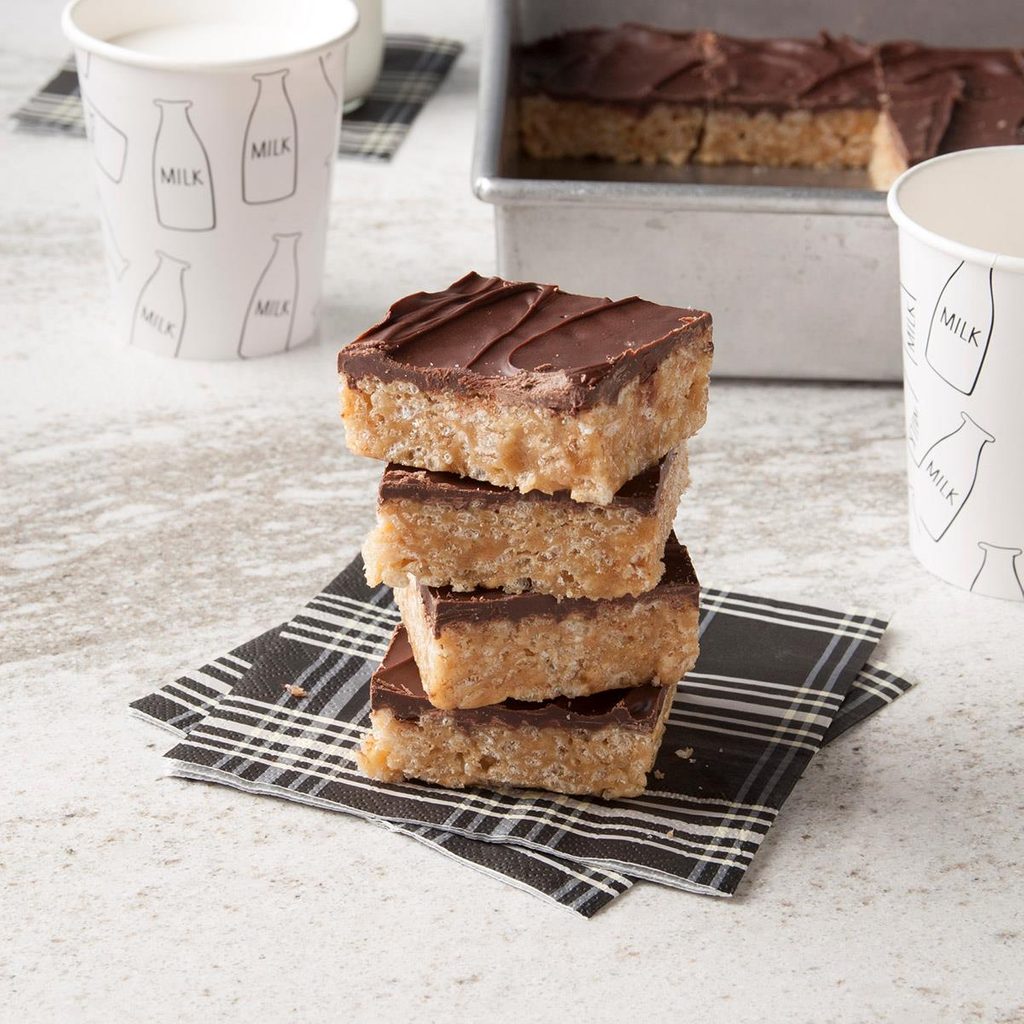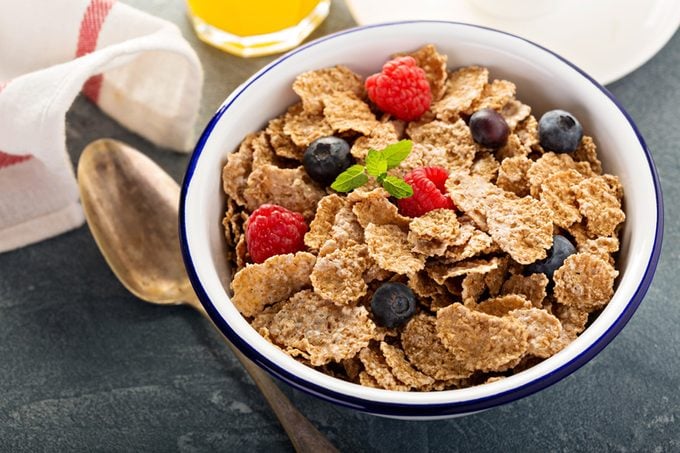 Elena Veselova / Shutterstock
Elena Veselova / Shutterstock
In general, to choose a healthy cereal, you’ll to do a little investigating on the food label. Don’t always believe the hype on cereal boxes. Get those nutrition facts. What should you look for? First, check out the fiber content. Your goal should be at least 4 grams of fiber in a serving. Second, the less added sugar, the better. So, aim for less than 8 total grams to keep added sugar at a minimum. Third, go for whole grain ingredients. We’ve done a little investigating ourselves to find the most healthy cereals on the market.
The 5 Healthiest Cereals
Those classic big biscuits have graced breakfast bowls for decades. With an impressive 6 grams of fiber and a super short list of ingredients (wheat and one preservative), shredded wheat is a super healthy cereal. Top it with fresh or frozen berries for an extra boost of antioxidants and fiber. Filling, simple and delicious. Find more healthy breakfasts here.
It’s true that the soluble fiber in oatmeal assists in lowering cholesterol levels. Another beautiful fact about oatmeal is that it’s a blank canvas. Try a bowl of steel-cut oats with crunchy walnuts and dried cranberries or a savory version of quick oats with spices and avocado; the options really are endless. Try these Grandma-approved oatmeal recipes.
As a northern California company that started small over 40 years ago, Barbara’s is committed to simple and wholesome ingredients. The High Fiber Medley provides an incredible 14 grams of fiber per serving, with 5 grams of protein. A variety of whole grains–including oats, wheat and corn–combine into a crunchy and nutritious morning meal.
Skip the flavored varieties and stick to the classic O’s loved by all ages. Cheerios contain only 100 calories per serving and 3 grams of fiber. Bonus–this healthy cereal is a great source of several vitamins and minerals, including iron, zinc, vitamin B6 and folic acid. Super versatile, Cheerios can be used in snack mixes, granola bar recipes or snacks for your toddler straight out of the package.
One of the highest fiber cereals you can find, Fiber One offers 14 grams in just a ½-cup serving. It’s slightly sweetened with sucralose, so none of that yucky high fructose corn syrup. Fiber One recipes for muffins, bars, breads and snack mixes are abundant. As a breakfast cereal, it’ll keep you full for hours.
The 5 Cereals You May Want to Avoid
Sugary cereals laden with marshmallows and chocolate are obviously poor choices. But, these are sneakier–they sound great, but really aren’t so hot if you’re looking for the most nutritious bowl. Save these cereals for a once-in-a-while breakfasts.
Granola
Sure, there are healthy versions out there, but diligence in label reading is a must. Avoid the ultra-sweet clusters, which tend to be high in fat and sugar. Excessive amounts of nuts, dried fruits and seeds amp up the calorie level. A little of these gems are wonderful, but too much of a good thing is real. Don’t use up all of your calories in your first meal of the day. Try making your own (it’s easy)!
Cracklin’ Oat Bran
The name sounds like a super heart-healthy cereal, right? Look closely: One serving has 4 grams of saturated fat (as much as a teaspoon of butter) and 19 grams of sugar (that’s nearly 4 teaspoons)!
Sugary Raisin Bran
Unfortunately, several raisin bran manufacturers coat their raisins in sugar, bursting the limit for a breakfast cereal. If you like the high fiber, naturally-sweet flavor of raisins in your cereal, add natural raisins to your cereal yourself. You’ll save lots of calories from excess sugar and still reap the fiber benefits of the dried fruit.
Kellogg’s Smart Start
Despite its intelligent sounding name, it’s not a smart choice at all. With 14 grams of sugar in a serving, the antioxidants and protein it touts on the box just aren’t worth it.
So, remember, don’t believe the hype on the front of the box. Take time to read the nutrition label and ingredients to find the smartest cereal choices out there. And don’t forget to use low-fat or fat-free milk over your cereal and top it off with some fresh berries for even more nutrition.
Note: Every product is independently selected by our editors. If you buy something through our links, we may earn an affiliate commission.
Cereal Isn't Just for Breakfast
Peanut Butter, Krispies and Chocolate SandwichThis crispy, chocolaty sandwich is like a Saturday-morning cartoon cereal without the bowl. —
James Schend,
Dairy Freed
Easy Crunch Berry PieThis is a fresh, simple approach to making a company-worthy pie. The playful Cap’n Crunch cereal crust is fun to bite into, and it’s the perfect complement to a mixed berry no-bake filling. —Taste of Home Test Kitchen
Cereal & Milk Ice Cream SandwichesGo ahead and buy those sweet cereals you normally stay away from. This is dessert! —Taste of Home Test Kitchen
Caliente Christmas Cheese CrispsTo fire up the crowd, I pack these homemade crackers with bacon, pumpkin seeds and French-fried onion rings. Dunk them in picante sauce. —Jeanne Holt, Mendota Heights, Minnesota
Fruity No-Bake CookiesKeep your kitchen cool with these freezer cookies made with fruity cereal. They're extra sweet and even more fun for kids to help make.—Taste of Home Test Kitchen, Milwaukee, Wisconsin
Really Good Snack MixI grew tired of my family picking through a snack mix for their favorite ingredients and leaving the rest. So I experimented using only their most-loved mix-ins and came up with this recipe. Now there's never any left! —Lori Genske, Waldo, Wisconsin
Chocolate Marshmallow Peanut Butter SquaresI combined a couple of recipes to create these crunchy, chocolaty bars that burst with peanut butter flavor, marshmallows and pretzel pieces. The bars could also pass for fudge! —Dawn Lowenstein, Huntingdon Valley, Pennsylvania
Peanut Butter-Banana Yogurt ParfaitsFor a lightning-fast breakfast, I layer vanilla yogurt with bananas, peanuts and multigrain cereal. It’s crunchy, easy and perfect for kids.—Teresa Miller, Hamilton, Indiana
Breaded Ranch ChickenA crunchy coating of
cornflakes and Parmesan cheese adds delectable flavor to this zesty ranch chicken. The golden, crispy chicken is a mainstay dish I can always count on. —Launa Shoemaker, Landrum, South Carolina
Nutty Rice Krispie CookiesMy mom and I used to prepare these Rice Krispie cookies for Christmas every year. Making them with just the microwave means they're super easy and fun to mix with the kids. —Savanna Chapdelaine, Orlando, Florida
Fudgy S'mores BrowniesI combined the perfect summer snack with my favorite brownie recipe to get these s'mores brownies. They're sure to wow at your next big party. —Judy Cunningham, Max, North Dakota
Not Your Mama's Seven-Layer BarsThe addition of dulce de leche makes this a decadent new take on traditional seven-layer bars. You can cut this recipe in half and make it in an 8x8-in. pan. —Andrea Barlow, Hot Springs, Arkansas
Ice Cream Cone TreatsI came up with this recipe as a way for my grandkids to enjoy Rice Krispies treats without getting sticky hands. You can also pack the cereal mixture into paper cups and insert a wooden pop stick to create cute pops. —Mabel Nolan, Vancouver, Washington
Cheese CrispiesFor years I’ve taken these crispy, crunchy snacks to work. They get high marks from everybody in the teachers lounge. —Eileen Ball, Cornelius, North Carolina
Peanut Butter Cereal TreatsKids will love these colorful, crunchy bars. They’re a fun twist on the traditional marshmallow crispy treats…and because they’re so easy, older kids could whip up a batch on their own! —Christie Porter, Shipshewana, Indiana
Gobbler CakesI watched a chef make crab cakes and decided to try it with turkey and stuffing. Now the kids request them year-round, so I buy cooked turkey. —Suzee Krebs, Brielle, New Jersey
Cornflake-Coated Crispy BaconI've loved my aunt's crispy-coated bacon ever since I was a child. Now I've shared the super simple recipe with my own children. We still enjoy a big panful every Christmas morning—and on many other days throughout the year! —Brenda Severson, Norman, Oklahoma
Frozen Banana Cereal PopsWhen we want a healthy snack, we dip bananas in yogurt, roll 'em in cereal, then freeze. Ta-da! —Scarlett Elrod, Newnan, Georgia
Christmas Crunch CandyTreat family and friends to a yummy brittle for the holidays. Made with cashews and Rice Krispies, it's loaded with crispy-crunchy goodness. —Amanda McLemore, Maryville, Tennessee
Crispy Peanut Butter BallsI make more than 40 different types of treats during the holidays for friends and family. These crispy peanut butter balls with crispy rice cereal are one of my favorite candies to give away as gifts.—Liz David, St. Catharines, Ontario
Fried Ice Cream Dessert BarsFried ice cream is such a delicious treat, but it can be a hassle to make individual servings. This recipe gives you the same fabulous flavor in an easy and convenient bar form. —Andrea Price, Grafton, Wisconsin
Chocolate Malt Crispy BarsThese chunky, chewy squares are a feast for the eyes. Malted milk flavor coats this treat from top to bottom. —
Taste of Home Test Kitchen
Scalloped Sweet Corn CasseroleThis is my Grandma Ostendorf's corn recipe I grew up enjoying. Now a grandmother myself, I still serve this comfy, delicious side as a family classic. —Lonnie Hartstack, Clarinda, Iowa
Crispy Pretzel BarsI often make a big batch of these peanut butter-flavored cereal bars on days that I don't want to heat up the kitchen. Kids especially love them, so they're great for picnics, potlucks and school bake sales. —Jane Thompson, Eureka, Illinois
Fish and Fries"Tuck in" as if you're in a traditional British pub. These oven-baked, moist fish fillets have a fuss-free coating that's healthy but just as crunchy and golden as the deep-fried kind. Simply seasoned and also baked, the crispy fries are perfect on the side. —Janice Mitchell, Aurora, Colorado
Pear Raspberry CrispWe grow our own luscious red raspberries and feast on them fresh and freeze them for winter. This recipe combines the berries with fresh pears and a crunchy cereal topping. —Fancheon Resler, Bluffton, Indiana
Ham Balls with Brown Sugar GlazeThese smoky-sweet meatballs are a Pennsylvania Dutch specialty. I like setting them out when folks come to visit. —Janet Zeger, Middletown, Pennsylvania
French Toast SticksKeep these French toast sticks in the freezer for an instant filling breakfast. Their convenient size makes them ideal for a breakfast buffet. —
Taste of Home Test Kitchen
Fudge Sundae PieMy son always asks for this guilt-free frozen yogurt pie for his birthday. Complete with peanut butter, fudge topping and nuts, it tastes ice cream parlor–good … but it's healthier. —Margaret Hanson-Maddox, Montpelier, Indiana
Cauliflower CasseroleTo dress up cauliflower, Mom used a delightful mixture of a cheesy sauce, bright red and green pepper pieces, and crushed cornflakes. We enjoyed this casserole so much that leftovers were rare.
-Linda McGinty, Parma, Ohio
Chocolate Peanut Butter Crunch BarsMy twist on rice crispy bars includes crunchy crushed pretzels. Then I top them with a creamy peanut butter coating and rich chocolate topping. Garnished with peanuts and even more pretzels, I don’t think I'd ever go back to plain old bars again. —Sherri Melotik, Oak Creek, Wisconsin
Chocolate Almond DropsSo much rich, chocolaty flavor, so little time! My trufflelike cookies are deceptively easy to make and look so elegant on a party tray. —Betsy King, Duluth, Minnesota
Christmas Brunch CasseroleNo one leaves the table hungry when I serve this savory casserole. In fact, folks rave about it! What I like as much as the taste is that I can prepare it ahead of time. —Mary Eckler, Louisville, Kentucky
No-Bake Cookie Butter BlossomsChewy and sweet, these easy treats mix Rice Krispies, cookie spread and chocolate kisses in an unforgettable spin on an old favorite. —Jessie Sarrazin, Livingston, Montana
Peanut Butter Chocolate BarsThese chewy bars are the perfect no-fuss contribution to a potluck or bake sale. I’ve discovered the trick is to get them into the refrigerator so the chocolate can set before they disappear! —Lorri Speer, Centralia, Washington


